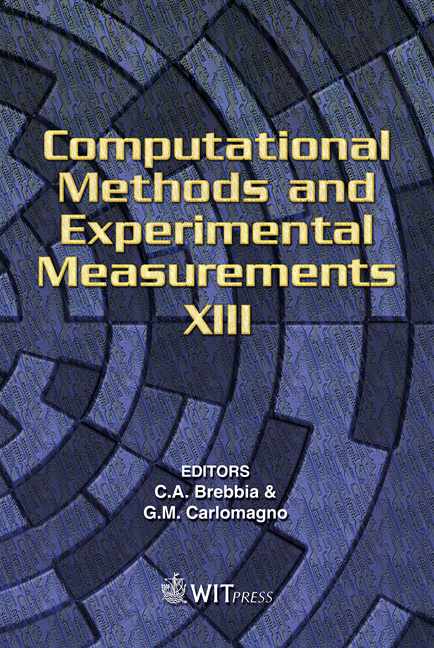Computer And Experimental Study Of The Gate Dielectric In A Memory Transistor
Price
Free (open access)
Transaction
Volume
46
Pages
10
Published
2007
Size
373 kb
Paper DOI
10.2495/CMEM070071
Copyright
WIT Press
Author(s)
R. Avichail-Bibi, D. Fuks, A. Kiv & Ya. Roizin
Abstract
We demonstrate a novel approach that enables combining microscopic studies of the behaviour of the injected charge (IC) in the gate dielectric (GD) of the memory transistor and the description of kinetics of memory device service parameters. To study the microscopic processes of the redistribution of the IC in the GD a special package of programs was developed that allows the modelling the migration of injected electrons and holes in the GD. The model accounts real properties of dielectric (spatial distribution of local centres and their characteristics, the dielectric constant and its changes on the microscopic distances, a complex composition of dielectric, temperature conditions and the geometry of the GD). The results of the computer simulation of microscopic characteristics of the IC were used as input data for the commercial Device simulation program "Medici". We found a correlation between microscopic characteristics of IC in GD and the service parameters of the memory device and realized the feedback procedure changing the GD characteristics in the simulation model. Keywords: memory transistor, gate dielectric, trapping mechanisms, molecular dynamics, computer simulation. 1 Introduction The NROM (nitride read only memories) are non-volatile memories with local storage of charge at the edges of the memory transistor channel and a thick (>35 Å) bottom oxide (BOX) [1] that became popular in the nonvolatile semiconductor memory market. A ONO (SiO2-Si3N4-SiO2) stack with nontunnel bottom oxide is the GD in a two-bit per cell memory transistor.
Keywords
memory transistor, gate dielectric, trapping mechanisms, molecular dynamics, computer simulation.





